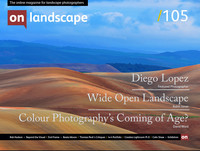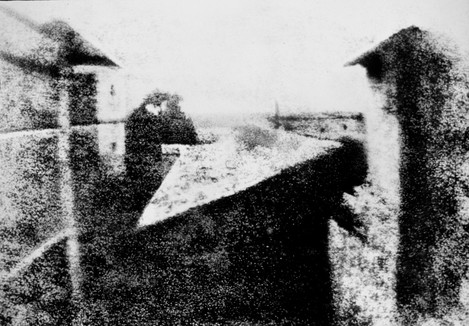A look at the history of colour photography and image manipulation

David Ward
T-shirt winning landscape photographer, one time carpenter, full-time workshop leader and occasional author who does all his own decorating.
It’s almost 190 years since Nicéphore Niépce made the first light-fast photographic image. That image was monochrome but I’m not sure that modern photographers understand how recently colour photography became widespread or how radically things have improved in the last ten years. In fact, I believe that the ability to creatively manipulate colour images has really only arrived in the last couple of years. Time for a little history…
View from the Window at Le Gras, Joseph Nicéphore Niépce, credited as the very first light-fast photograph.
Louis Daguerre, Niépce’s collaborator, announced the first practical photographic process at a meeting of the French Academy of Sciences on the 7th of January 1839. The French government took the unusual step of presenting details of the process as a gift to the rest of the world – you needn’t feel sorry for Daguerre; this wasn’t a rights grab as he’d negotiated a pension in exchange for the particulars. Meanwhile, in England, Henry Fox Talbot was perfecting the now familiar negative capture and positive rendering procedure that we’re familiar with today.


